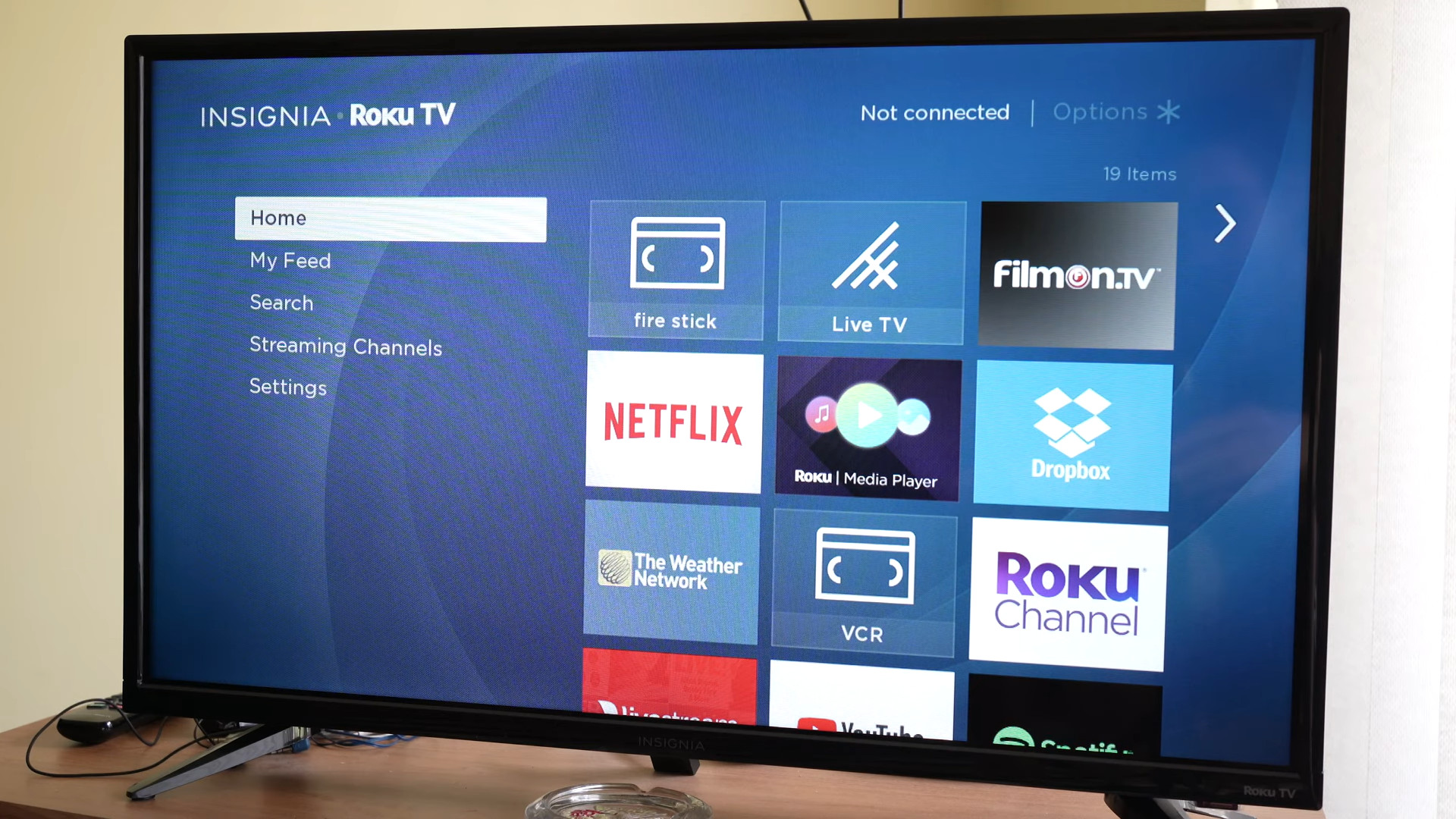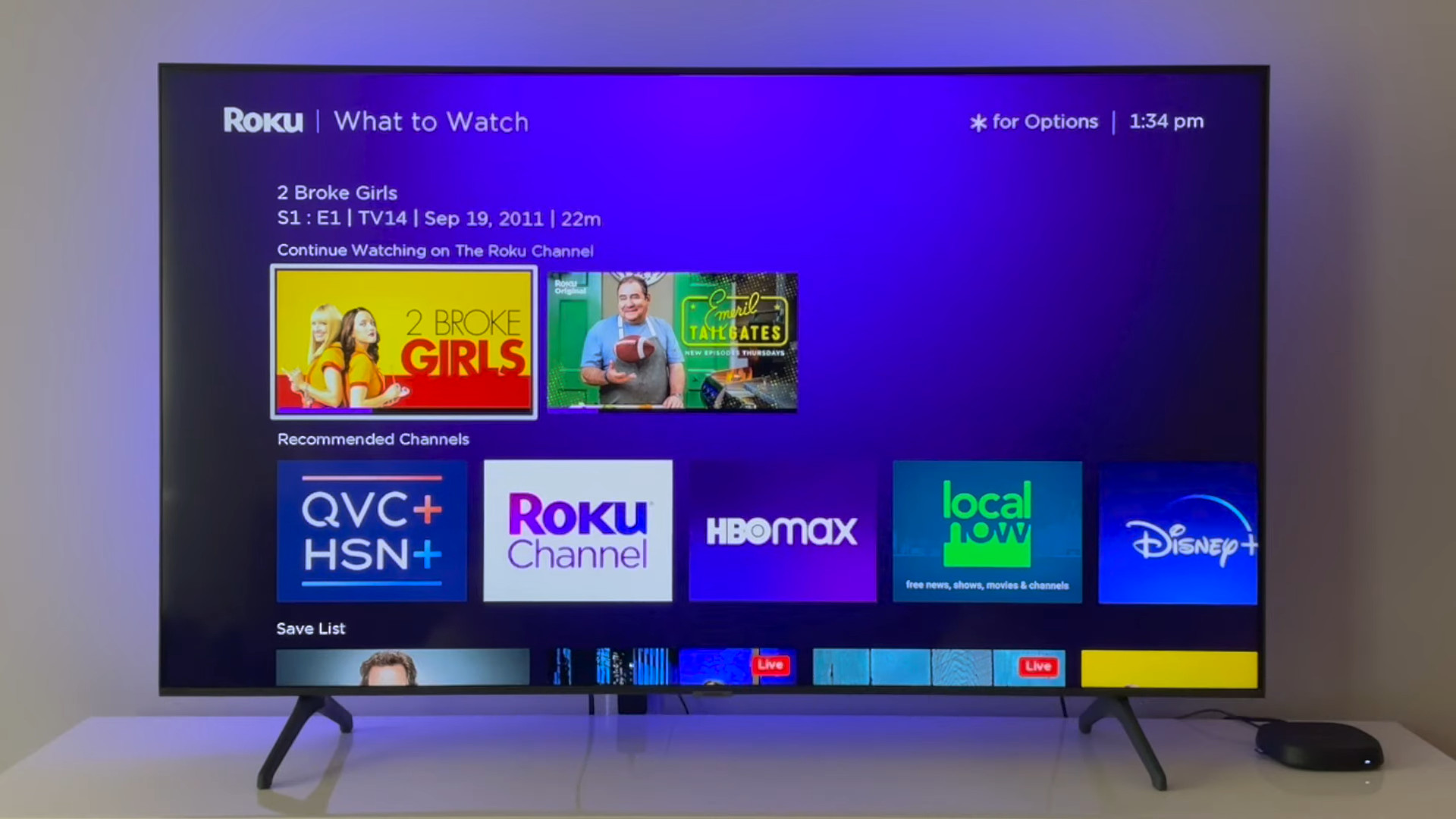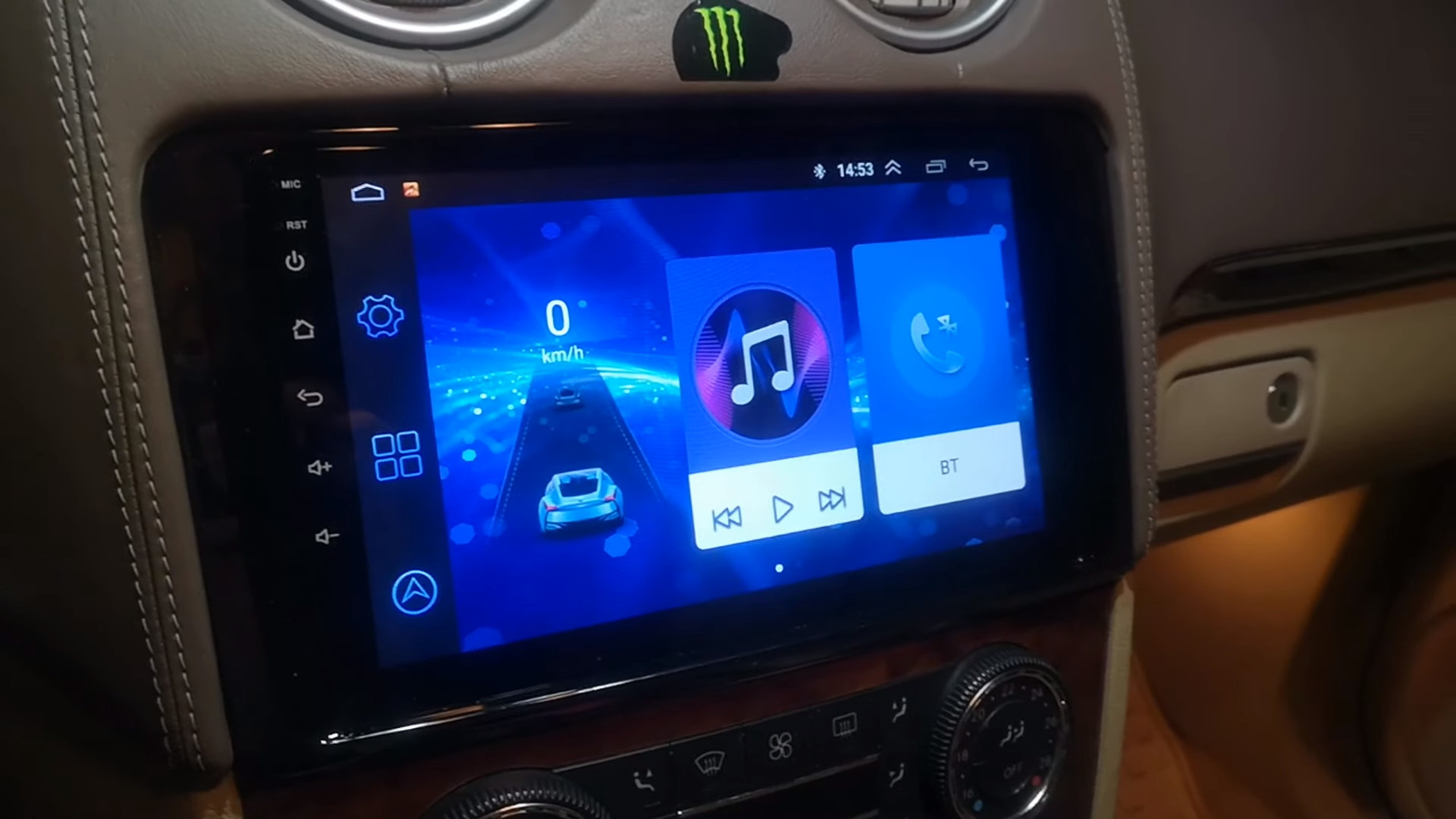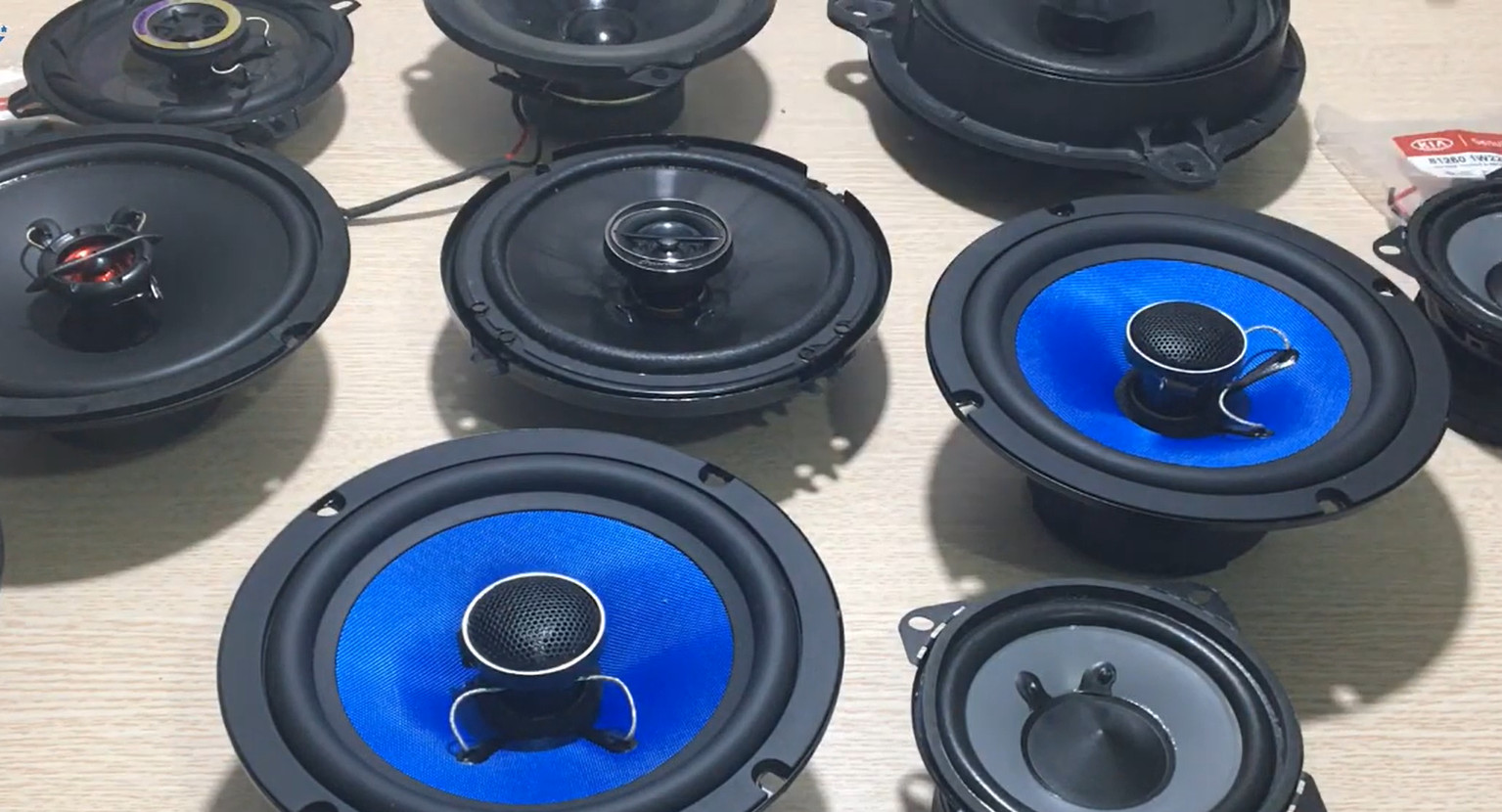IPX7 Vs. IP67: Which is the better option for 2025?
IPX7 vs. IP67: How are they different? The IP rating is a standard indicator that shows how well a digital device can resist external forces like water or dust.
Based on these indicators, you can avoid confusion and compare different devices’ protection from solids and liquids.
There are more than ten IP ratings, such as the IPX7 or IP67, at the moment. These two terms often get confused. If you encounter two devices with these labels but don’t know their meanings, you need the information in this post.
I will compare these two IP standards and provide more insights into their basic features and capacities. You can make a more suitable purchase option based on the information provided for your needs and preferences.
Contents
What Is IPX7?
The IPX7 rating is very popular nowadays. It implies that your device is waterproof and can stay intact when submerged in water about 1 meter deep within half an hour.
It means that you can use your device in the rain or accidentally drop it into 1-meter-deep water without any internal damage. The gadget still functions properly with no errors, as long as the time doesn’t exceed 30 minutes.
Meanwhile, the X letter indicates that there is no information about dust resistance. So you can skip it for now. Next, let’s move on to the basics of IP67.
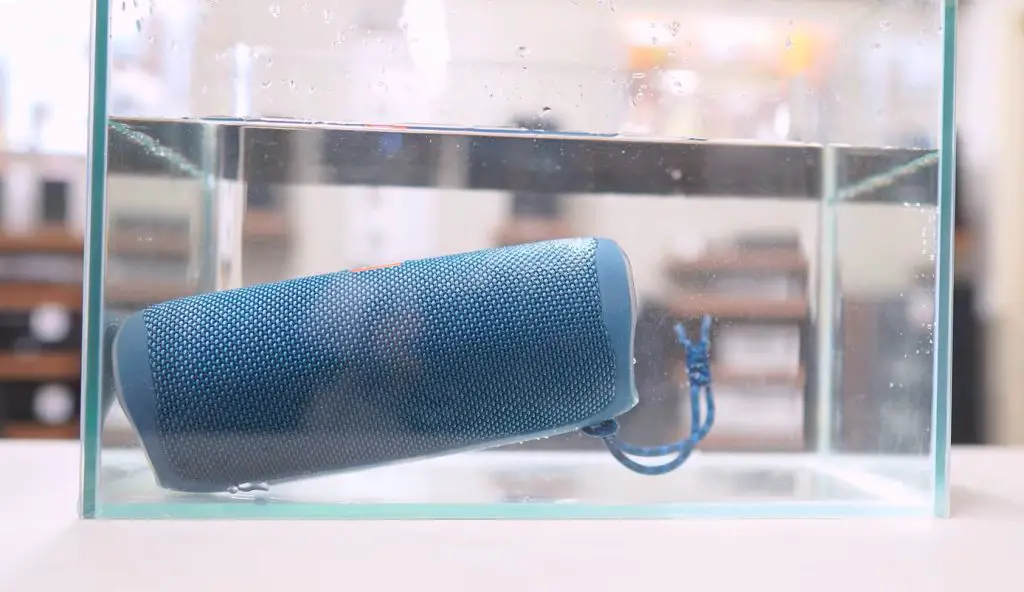
What Is IP67?
The first number after the IP letter indicates the protection level of a device against solid objects and dust. From 1 to 6, a higher number means better protection.
Level 0 means that there is no protection against dust at all. At level 5, the digital device can resist dust with limited ingress. Meanwhile, level 6 in IP67 means that the device is fully dust-resistant.
The following number shows the protection against liquids one device comes with. At level 7, it is fully protected against temporary immersion around (15 cm to 1 meter) within 30 seconds, which is similar to the IPX7 standard.
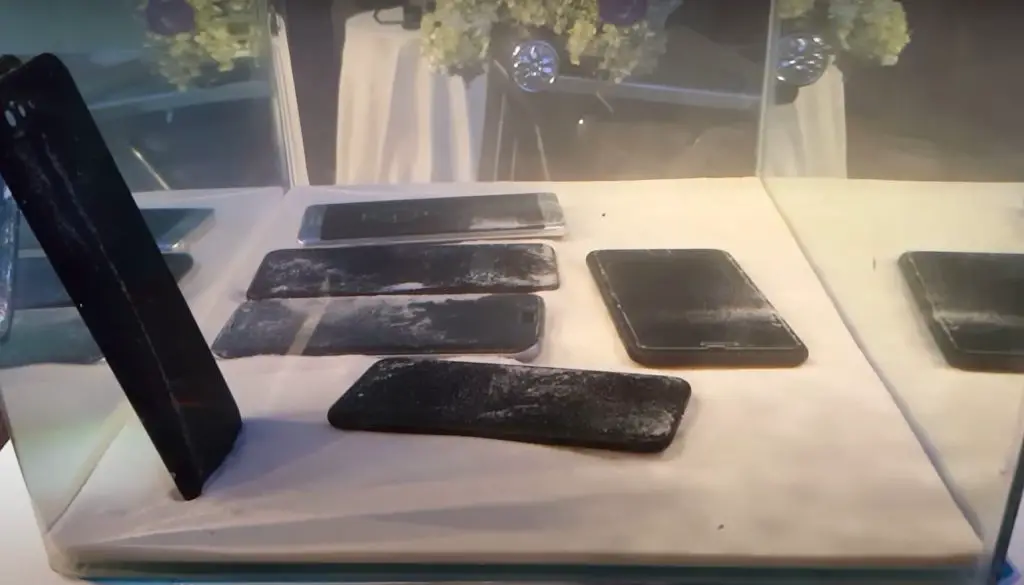
What Is The Main Difference Between IPX7 vs. IP67?
IPX7 and IP67 are the two most popular IP standards at the moment that commonly appear on digital devices like phones or cameras. Here are their core features and basic differences you should consider:
| Features | IPX7 | IP67 |
| Water and liquid proof | Full protection when submerged in water (1-meter deep maximum) within an hour | Full protection for the same duration and submersion depth |
| Dust and solid proof | No information as the manufacturer has conducted thorough tests | The highest level of dust and solid protection with no harmful deposit or limited ingress |
Dustproof
The letter following the IP letter indicates how well a device is protected against solids and dust. While level 6 is the highest dust resistance level you can get on a device, the X tells a different story.
The manufacturers have not tested the dust resisting capacity of their products. So, you cannot tell how well a device labeled with IPX7 can resist dust and solids.
For example, a device with no dust resistance at all can be labeled IPX7. This is a big setback that you should consider.
IP67 gives users more confidence in their device, which is the highest dust protection you can get. Therefore, the IP67 is the winner in terms of dustproof.
Related: IPX8 Vs IP68
Water-resistance Grade
The number following the dust-resistance number indicates the water resistance capacity of the digital devices. It is obvious that products labeled IPX7 or IP67 have the same water resistance ability as level 7.
Liquid resistance level 7 is only inferior to level 8, which means that your device is well-protected when submerged in liquids or water for an extended period.
Meanwhile, waterproof level 6 can only protect your device within 15 minutes to an hour of immersion. In general, you can be confident that your gadget won’t get damaged when contacted with the rain or accidentally dropped into liquids.
However, you should be aware that submersion more than one meter in depth can cause damage to your devices. Therefore if you drop a phone with these labels into the river, lake, or ocean, they may get damaged or run down.
For these reasons, the IPX7 and IP67 draw in terms of waterproofing.
Which One Is Better?
While both standards indicate the nearly optimal protection against liquids, IPX7 doesn’t offer users clarified information about the dust and solid resistance capability of the devices.
Meanwhile, IP67 indicates that the gadgets possess the highest dust and solid resistance capacity. Therefore the winner is definitely IP67. It also depends on the other characteristics and features of your devices.
For example, if you see a better device labeled IPX7 and an inferior one with an IP67 label, it is still found to choose the first one. However, you have to protect it more carefully from contacting dust or solid objects.
In general, if both products feature the same qualities but come in IPX7 and IP67 labels, then IP67 is the ideal option.

FAQS
What Is Better Than Ip67?
Currently, Ip67 is one of the best IP standards you can get on a device. It features maximum dustproof capacity with level 6. However, the newest IP68 standard is a superior option.
With waterproof level 8, you can submerge the device in a deeper depth for an extended time, and it is still safe.
What If A Product Doesn’t Have An Ip Rating?
It either means that the device is not protected against dust or water at all, or they come with these capacities. You cannot tell since the products without IP labels didn’t go through the standard tests.
Final Thoughts
Dust and waterproof capacity is the minor factor that affects the overall quality of a certain product. You should not put too much weight on the IP standard.
If you keep and protect your device carefully, there won’t be much difference. I hope that you are satisfied with the information provided in this post.
Thank you for reading!

